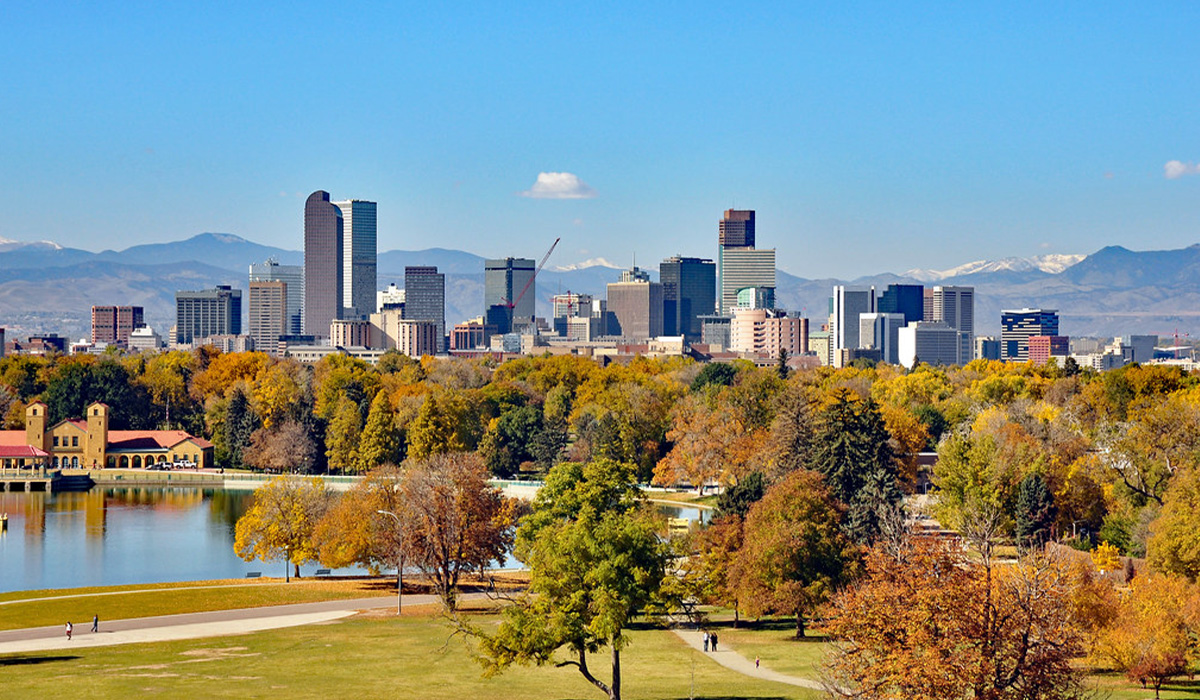How Will They Tackle Denver’s Growth?
Denver is growing. This we know. But did you know that the city population is projected to hit 849,000 by 2040? That’s an increase of over 150,000.
We hear the collective groans from the natives and the worries of the morning and afternoon commuters. So do city officials. With an eye to growth, city planners are focused on the following questions:
- How do we ensure adequate affordable housing and minimize displacement?
- How vehicle-centric should our city be?
- How do we ensure equitable access to high-quality parks and recreational programming?
- How do we maximize mobility for all?
Denver City officials have spent the last several years developing strategies to address development of better transit routes, more pedestrian-friendly roads, and multi-modal-supportive travel plans. The result is five distinct measures to tackled all of the above. Each measure it outlined below. Click on the plan title for the full plan details and costs from the Denver City Government.
- 20-year vision of Future Denver
- Aims to address climate action, inclusive housing, multi-modal transport, and connective accessibility.
- 50+ goals for what Denver will look like in 2040
- Housing: access to basic services for all Denver residents, across a range of income levels; development of affordable housing for the lower socio-economic demographics; preserve existing affordable housing; reduce involuntary displacement of residents and businesses; improve education and increase educational equity.
- Neighborhood Development: increase quality neighborhood urban design; preserve authenticity of neighborhood history, architecture, and culture; create and preserve parks and public spaces; empower residents into city government activity and leadership positions; support the arts; conduct neighborhood planning; increase safety.
- Connections: expend the multi-modal transit systems; increase safety on public transit; increase public right-of-ways; increase multi-modal access in vulnerable areas; develop high-quality transit network; build and maintain bicycle and pedestrian networks; expand funding for multi-modal infrastructure; close the loop on transit connections.
- Economics: improve access to opportunity; emphasize diversity in economics; support local business; ensure a competitive workforce; strengthen Denver as a global city; increase youth access to education and the global economy; enhance economic vitality of the arts; stimulate innovation; promote food business.
- Environment: mitigate climate impact and reduce emissions; prepare for and adapt to climate change; conserve water and use efficiently; integrate storm-water; enhance and protect South Platte River; protect and expand green infrastructure; reduce and conserve waste; protect and improve air quality; promote responsible food systems; cultivate emergency planning.
- Health: enhance environments that support physical activity and health; provide more parks and recreation areas; ensure affordable nutrition to all neighborhoods; increase health services; incorporate health analysis into city policies.
- Land use and transportation plan for growing city.
- Focuses on inclusiveness and maintenance of neighborhood identity within the city.
- Aims to reduce vulnerability through displacement as development increases.
- Increases access to quality-of-life amenities, health, and education within each neighborhood.
- Provides a better and more inclusive range of housing and employment options in all neighborhoods.
- Make all neighborhoods “complete,” in the sense that all include jobs, home, schools, health, and leisure activities.
3. Game Plan for a Healthy City
- Designed to address growth, limited water resources, and climate change.
- Promotes easy access to parks and open spaces, establishes more city parks and recreational programs.
- Increase resilience and environmental sustainability of city parks.
- Ensure equal distribution of parks and recreational programs to all neighborhoods.
- Manage economic resources to ensure long-term health of parks and recreation systems.
- Preserve neighborhood culture within the parks.
- Provides more reliable and safe mobility options as the city grows.
- Offers more connectivity to key destinations and between neighborhoods.
- Includes plans for the first-ever citywide transit plan.
- Recognition that 1 in 4 residents in 2040 will be between the ages of 18 and 34, focusing transportation modes for the needs of this demographic.
- Reduce single-occupant vehicle commuters and increase bicycle and pedestrian commutes.
- Protects the climate and reduces greenhouse gas emissions.
- Eliminates barriers and increases access to smart technology and related mobility services.
5. Denver Moves: Pedestrians & Trails
- City-wide plan for completing and improving sidewalks, street crossings, and trails.
- Improves connections near transit.
- Increase wheelchair accessibility and safety.
- Enhance recreational train network, including adding multi-use and single-track trails.
- Make 4-foot sidewalks the city minimum and enhance accessibility to grocery, parks, schools, healthcare centers, and public transit.
- Increase “Tree lawns” between the sidewalk and curb/gutter space.
- Add pedestrian overpasses.
- Improvement of street signals, lighting, and furniture.
- Integrate neighborhood culture into street design.
- These plans were constructed from data review and public input, and they are still in draft format.
Click here for a calendar of public hearings where you can voice your concerns and ideas for the parts of these plans that mean the most to you. Queener Law plans to attend several upcoming community town-halls and public hearings to learn more about these projects. If you have concerns you would like us to voice, contact us

